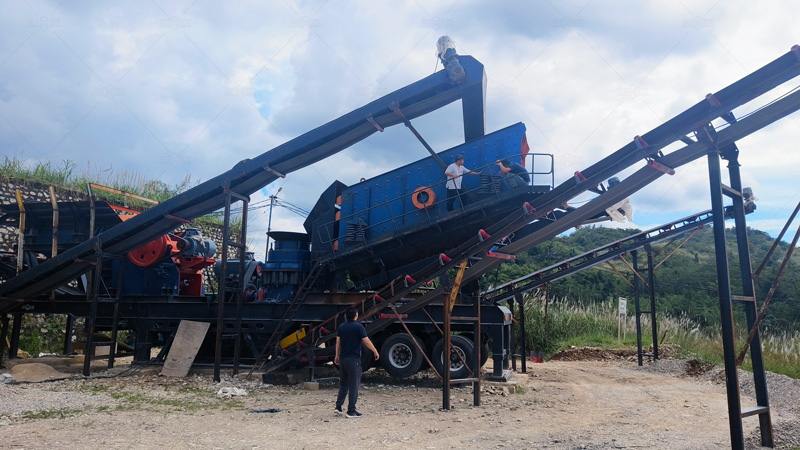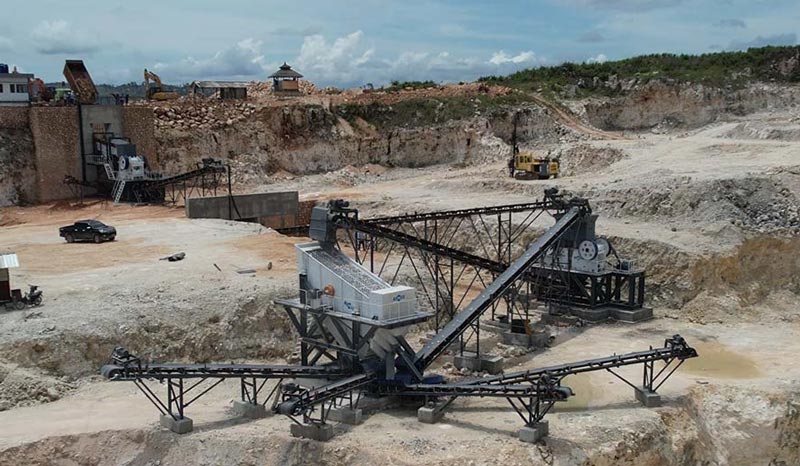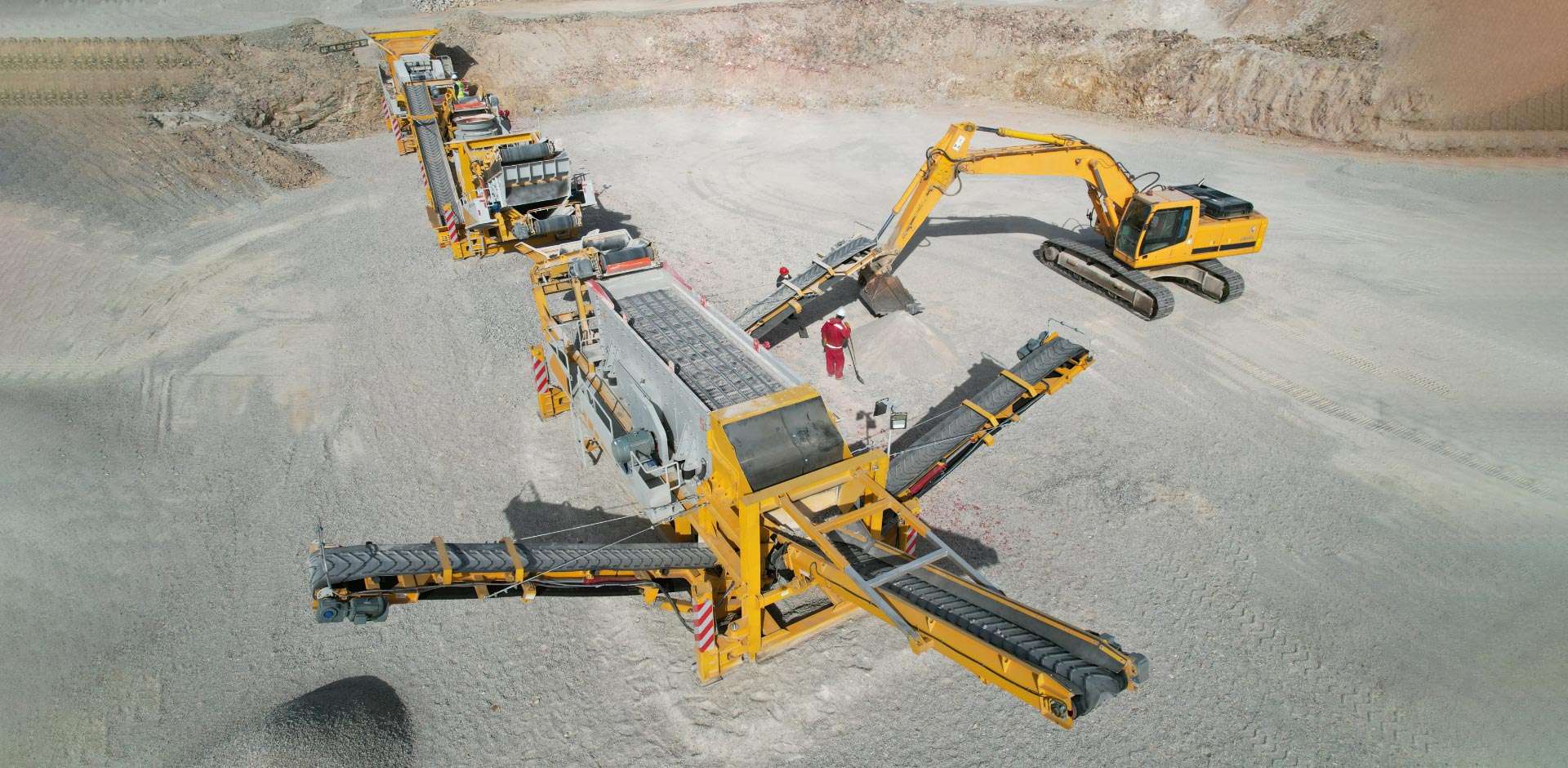Investing in a 200-ton-per-hour stone crusher plant represents a significant capital expenditure that requires careful consideration of numerous technical and financial factors. This intermediate-capacity crushing solution occupies a strategic position in the aggregate production market, offering sufficient throughput for medium-sized operations while maintaining manageable operational costs. The decision-making process involves navigating a complex matrix of equipment specifications, operational parameters, and long-term financial projections that collectively determine the stone crusher plant‘s viability and return on investment.
Modern crushing plants have evolved beyond simple rock-breaking machines into sophisticated processing systems that must balance production efficiency with product quality specifications. The 200 TPH capacity threshold serves as an important benchmark in the industry, representing the point where operational scale begins to deliver meaningful economies while still allowing for flexibility in feed material and product mix. Understanding the nuanced relationship between capital outlay, operating expenses, and final product value is essential for making an informed investment choice that aligns with both immediate needs and long-term business objectives.

Critical Equipment Considerations for Optimal Performance
Primary Crushing Configuration Options
The selection between jaw crushers and gyratory crushers for primary crushing establishes the foundation for the entire aggregate crusher plant‘s performance. While jaw crushers typically offer 15-20% lower capital costs, gyratory models provide superior throughput consistency and typically demonstrate 30% longer wear life in abrasive applications. The choice significantly impacts downstream processing efficiency and maintenance scheduling.
Secondary and Tertiary Stage Optimization
Modern cone crushers equipped with advanced hydraulic systems and automated settings adjustment can deliver product shape characteristics that meet stringent asphalt and concrete aggregate specifications. These units now incorporate real-time performance monitoring that automatically compensates for wear and feed variations, maintaining consistent output quality while optimizing energy consumption per ton processed.

Operational Cost Analysis and Efficiency Metrics
Energy Consumption Patterns
A well-designed 200 TPH plant should achieve energy efficiency in the range of 0.8-1.2 kWh per ton of processed material. Variable frequency drives on major motors and intelligent load-sensing hydraulic systems can reduce power consumption by up to 25% compared to conventional designs, creating substantial savings over the 200 tph crusher plant‘s operational lifespan.
Wear Part Economics
The metallurgical composition of crushing chambers and mantles has advanced significantly, with modern manganese steel alloys and composite materials offering 40-60% longer service life than traditional options. While premium wear parts command higher upfront costs, their extended replacement intervals often translate to lower cost-per-ton over extended operation periods.
Long-Term Value and Return on Investment
Production Flexibility and Market Adaptability
Plants designed with adjustable crushing chambers and multiple product screening options can quickly shift between aggregate specifications to capitalize on changing market demands. This operational agility allows producers to command 10-15% price premiums for specialty aggregates while maintaining the ability to produce standard materials when market conditions shift.
Resale Value and Equipment Depreciation
Well-maintained 200 TPH mobile crusher plants from reputable manufacturers typically retain 50-60% of their original value after five years of operation. Units with complete documentation of maintenance history and production records often achieve the highest resale prices, making meticulous record-keeping an often-overlooked aspect of long-term asset management.
The decision to invest in a 200 TPH stone crusher plant requires a holistic evaluation that transcends simple equipment comparisons. Savvy investors consider the complete value chain from feed material characteristics to final product marketability, recognizing that optimal configurations vary significantly based on regional geology, regulatory environment, and local market dynamics. By carefully balancing capital expenditure with operational efficiency and product quality considerations, operators can position themselves for sustainable profitability in an increasingly competitive aggregate production landscape.
